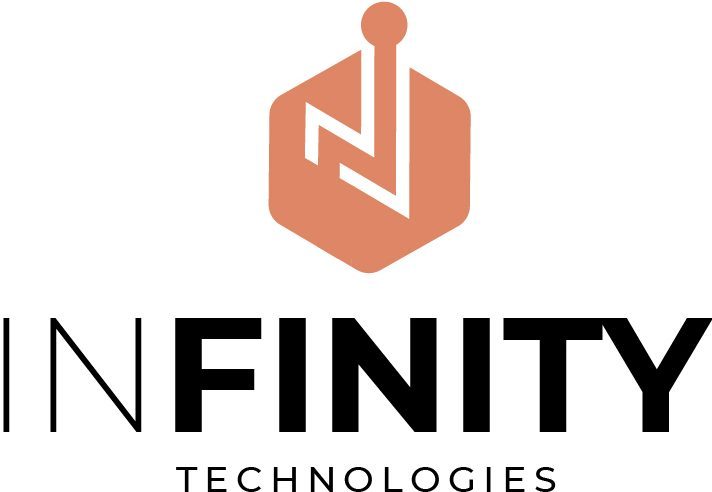Businesses today face many more challenges than five years ago. The business world is constantly changing, from consumer tastes to industry standards. To compete and thrive, businesses must focus on effective branding and offer high-quality products or services.
Building a brand’s identity in the current market can take time and effort. Don’t worry. Don’t worry.
Why is branding important for your business?
It takes more than one blow to get noticed in a crowded market. Branding allows your business to stand out.
You need to find the right concept to appeal to your audience if you want your product or service to be successful. Since we’ve already mentioned your target audience, it is essential to conduct thorough research to identify them. Branding can make or ruin your product. Be sure to give this some thought before you launch.
Branding your business is more than just a way to sell your products or services. Effective branding will help you build a loyal clientele, create buzz around your brand and develop a community. This would require much effort, money, and time.
It’s a misconception that branding costs a lot and is only for significant companies. It depends on your market and the level of competition.
Branding costs can vary. The cost of using the best advisors and executing a perfect campaign will be higher. Branding a multi-product, global company is also more complicated and requires more resources. As in many cases, no single solution fits all. It’s a good idea to get some inspiration from successful companies who have done an excellent job with their branding. Here are five innovative and creative branding examples and ideas from innovative companies to inspire you.
Netflix’s Use Of Data
Netflix is much more than a streaming platform. Netflix has created some of the most acclaimed TV shows of recent years.
Everybody has received the boilerplate message, “Hello, [insert your first name here ]!” proposing a special deal. It’s almost impossible to make this feel personal. Netflix has repeatedly shown how to create a customized experience using customer data in each marketing campaign. This makes it one of the most impressive branding examples on this list.
One of the secrets to Netflix’s marketing strategy is utilizing data and analytics about consumer viewing habits and demand. This has led to its success. Netflix has invested heavily in transforming its data into concepts that have changed its content. They’ve also taken trend analysis and personalized suggestions to a new level.
Zara’s Customer Service Is A Great Example Of How To Use It
Customer care service can have a significant impact on brand identity. Branding is about shaping perception, so you must treat your customers and visitors well.
This European corporation is a leader in the industry despite being in a competitive market. The trick is to produce the latest high-end trends at a price that can be affordable by a larger mid-priced market.
Zara caters to customers of all ages and ethnicities. These fundamental principles–beauty, clarity, functionality, and sustainability–receive special attention. Zara is committed to providing excellent customer service at all their stores around the world, as this approach and its clients are Zara’s most valuable assets.
It may not be the customer’s fault, but you should make them feel heard. Let chatbots streamline initial inquiries and create a point of entry for responsive customer service.
Urban Outfitters Constant Design Evolution
Every article of merchandise and product associated with your brand, including your logo, paints a bigger picture of your business. You should invest in content related to your brand, such as videos and graphics, stickers, written materials, and art. This is not just for branding but also for engagement. The key is to reflect your brand identity correctly and create a consistent image in the eyes of your target audience.
Urban Outfitters is a world-renowned lifestyle company. Edgy, contemporary designs characterize their visual style. At this point, they’re almost synonymous in the industry for their stylish but oddball product photos. They often use settings that align with the current trends of young adults, their target market. Every six months, they re-establish their visual style to keep up with their target audience’s changing tastes and trends. They even change their logo and color palette. This all adds to a unique brand approach that turns change into their signature style.
Glossier is an excellent example of how to make your brand values transparent.
Do you need to revamp your brand? Need some ideas for rebranding? Begin by (re-)defining your brand’s values. You should ensure that they reflect honesty, integrity, and authenticity. While displaying these values, maintain transparency. Customers value brands that promote direct communication.
Glossier revolutionized the cosmetics market by creating a brand emphasizing honesty and openness. Glossier provides high-end, quality cosmetic products with a no-doing-shady-stuff-behind-closed-doors approach. Glossier’s focus on ethical production, the absence of animal testing, and the availability of vegan products helped it stand out.
Glossier is committed to the environment and makes good use of it to develop its brand image. Glossier uses less packaging than other cosmetic brands, and its visual tone reflects this. The brand promotes simplicity and authenticity with its pink-and-white color palette and simple typeface. The brand, now valued at $1.2 billion, is an excellent example of how transparency is essential when building a brand in the oversaturated FMCG industry.
Spotify’s Minimalistic Logo
Every brand strives to have a unique and memorable logo. A striking visual doesn’t mean that it has to be overdesigned. You can cement your brand in the minds of consumers with a simple, minimalistic logo. Use only the most basic visual elements, a sans-serif typeface, and a limited palette of colors to create a minimalistic design.
Spotify’s subtle highlight green logo is a great example of minimalistic design. Colorful album covers are played over the subdued black, white, and green colors. The only design element is three horizontally curving circles that represent sound waves. If you look closely, the logo is crooked. This gives it a humane feel.




